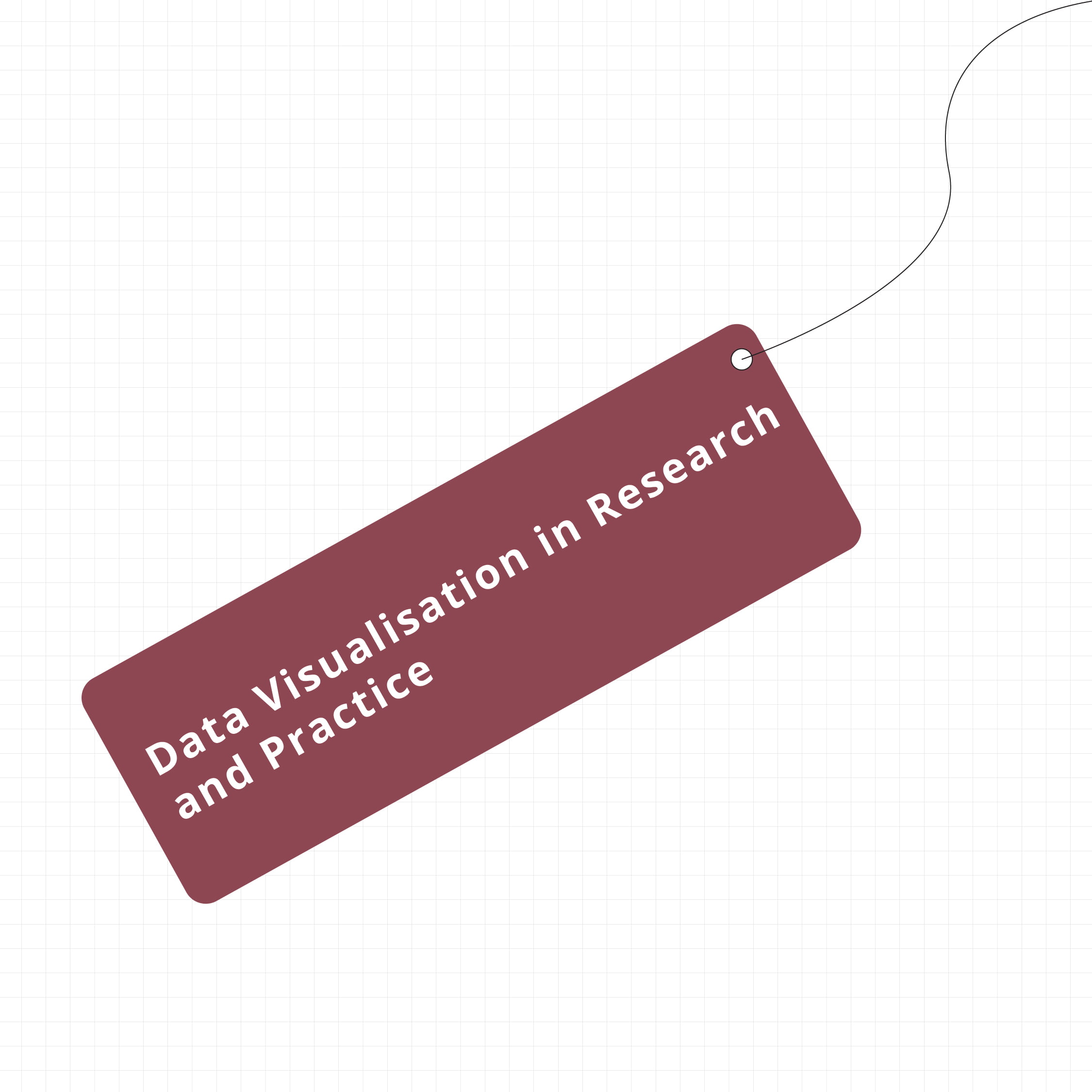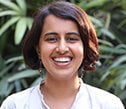

Registration Closed
Taught by the IIHS Urban Informatics Lab, Data Visualisation in Research and Practice will give a practical introduction to visualisation of quantitative data using data sets and questions largely related to urban research and practice. It aims to lay the foundation on the design principles for data visualisation, and to impart the skills needed to create software-based visuals including charts, maps, dashboards and infographics. Easy-to-use GUI tools will be used for the hands-on sessions. Basic familiarity with simple tabular data sets and spreadsheet tools like Excel is expected. No prior knowledge of visualisation is needed. The course is delivered online, and will be a combination of lectures, live demonstrations, quizzes and practice sessions, in small groups.
Who this is for
- Young researchers working in academia or in the social sector
- PhD scholars and Master’s students who would like to acquire data visualisation skills
- Practitioners employed in the government, NGOs or private sector, working broadly in the areas of urbanisation, sustainable development or public policy
This course will enable participants to:
- Visualise data to communicate powerful insights
- Identify the appropriate types of charts given a problem or topic and the corresponding data set
- Avoid common mistakes and misrepresentations in data visualisation
- Create commonly used types of data visualisation for tabular and geospatial data using GUI tools like Tableau and Data Wrapper
- Understand public data sets like Census of India, National Family Health Survey, etc., and the methods to see patterns in them
Herry works in the IIHS Urban Informatics Lab and applies quantitative methods, mixed methods and spatial data analysis across multiple practice and research projects. He has worked on projects related to urbanisation, economic development and transit-oriented development. In addition to the national-scale public data sets, Herry is familiar with various housing and real estate data sets available at different spatial scales. He regularly teaches courses in the Urban Fellows Programme and has also taught capacity building workshops on data visualisation. Herry has a Bachelor’s in Civil Engineering from Nirma University and a Master’s in Urban Planning from University of Southern California.

Rohit works in the IIHS Urban Informatics Lab and applies quantitative methods to study public problems relating to health, income, economy, employment, and education. He has been involved in estimating incomes at a regional scale to inform the local policy level decisions. Similar to this line of idea of creating data evidence at the local level, Rohit has been studying child health using publicly available datasets. He is actively involved in teaching in the IIHS Urban Fellows Programme and Research Methods Suite. Rohit has a Master’s in Public Policy and Governance which allows him to look at public problems from a cross-thematic lens that directly translates into teaching and research practices that he is involved in.
Shriya is a faculty member at the Indian Institute for Human Settlements (IIHS), teaching topics related to urban economic development and quantitative research methods. She anchors the IIHS Urban Informatics Lab, and her research at IIHS is primarily centred on the Indian urban economy and economic geography, with a particular focus on the role of employment in urban development and poverty reduction. She has worked extensively with datasets from the Census of India, the National Sample Survey Organisation (NSSO), and the Economic Census for various research projects. Shriya holds a Master’s in Public Affairs with a concentration in Economics from Princeton University, and a Master’s in Mathematics from Cambridge University, UK.
Sooraj works in the IIHS Urban Informatics Lab. His current focus is in applying statistical models to disaggregate previously aggregated demographic and socio-economic data from the Census and national-scale sample surveys. He applies computational and statistical methods on urban data to develop a comprehensive understanding of India’s complex urban transformation. He has been teaching multiple quantitative methods courses for the IIHS Urban Fellows Programme. Sooraj has been part of multiple quantitative methods and data visualisation training workshops for different organisations, including Atal Bihari Vajpayee Institute of Good Governance and Policy Analysis (AIGGPA) in Bhopal;GIZ (Deutsche Gesellschaft für Internationale Zusammenarbeit); and Center for Internet & Society (CIS) in Bangalore. Sooraj’s academic training is in computer science and statistics.
Programme Structure
- Delivered through a combination of lectures and discussions, tool demonstrations, hands-on activities in small groups, presentations and quizzes
- Active hand-holding and individual feedback from faculty
- Ample peer-learning opportunities
Key Differentiators
- Live examples relevant to urban research and practice in the Indian context
- Includes data sets from the Census of India and national-scale sample surveys
- Heavy focus on hands-on practice
Programme Details:
- Format: Online
- Dates: 21, 22, 28 and 29 June, 2024
- Fees: Rs.7,500/- + 18% GST
- Maximum cohort size: 30
For more information, get in touch at upp@iihs.ac.in or on 9611911169
Session Plan
| Content | Duration |
| Session 1 This introductory session on data visualisation will cover basic principles, best practices and things to avoid. Through several examples, the participants will understand the appropriate types of charts to show the distributions of different types of variables and their relationships. The interactive part of the session is dedicated to reading, interpreting, and critically analysing visualisations. |
3 hours |
| Session 2 This session focusses on putting several of the concepts learned in the first session to practise. Using multiple data sets from sources like the Census of India and NFHS, visualisation tools like Datawrapper and Tableau Public will be demonstrated. This will include all the commonly used charts like bar graphs, pie charts, scatter plots, etc. Participants are given the opportunity to try their hand at creating multiple charts, with active guidance from the instructors. |
3 hours |
| Session 3 In this session, the initial part will focus on the necessary conceptual understanding of geospatial maps and provide an overview of different types of maps used in different contexts, and the corresponding digital representations and file formats. Following this a few example data sets will be used for demonstration of tools to create choropleth maps, point location or symbol maps and heatmaps. Geocoding tools and techniques will also be briefly discussed. |
3 hours |
| Session 4
This session has two parts: The first half invites participants to explore one of the data sets available in the context of the problems shared. During the second half of the session, the groups will present their visualisations to the class and get feedback from each other and the faculty. Improvements and alternative representations will be discussed. |
3 hours |
Week 1
| Friday, 21 June 2024 | |
| 2:00 pm – 3:30 pm | Introduction to Data Visualisation – basic principles and best practices (Part 1) |
| 4:00 pm – 5:30 pm | Introduction to Data Visualisation – basic principles and best practices (Part 2) |
| Saturday, 22 June 2024 | |
| 9:30 am – 11:00 am | Visualising examples using public data sets |
| 11:30 am – 1:00 pm | Hands-on practice |
Week 2
| Friday, 28 June 2024 | |
| 2:00 pm – 3:30 pm | Basics of visualising Geo-spatial data sets |
| 4:00 pm – 5:30 pm | Tableau examples |
| Saturday, 29 June 2024 | |
| 9:30 am – 11:00 am | Group exercises |
| 11:30 am – 1:00 pm | Presentations and feedback |
<< Back






